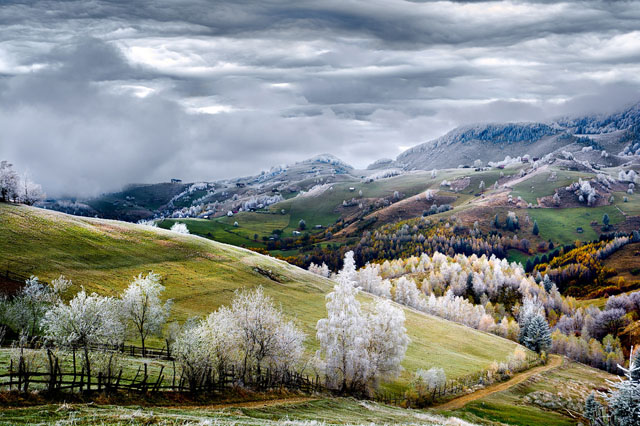10 Winning Shots from the 2015 National Geographic Traveler Photo Contest
![]()
After receiving nearly 18,000 photo submissions, National Geographic Traveler magazine has selected the winning shots for this year’s Traveler Photo Contest. It’s a series of images of our world that dazzles your eyes and stirs your imagination.
Grand Prize: “Whale Whisperer”
![Photo and caption by Anuar Patjane Floriuk/National Geographic Traveler Photo Contest. Diving with a humpback whale and her newborn calf while they cruise around Roca Partida ... in the Revillagigedo [Islands], Mexico. This is an outstanding and unique place full of pelagic life, so we need to accelerate the incorporation of the islands into UNESCO as [a] natural heritage site in order to increase the protection of the islands against the prevailing illegal fishing corporations and big-game fishing.](https://petapixel.com/assets/uploads/2015/08/01-Grand-Prize.jpg)
“The photo wasn’t planned,” says Floriuk. “I was taking photos near the head of the whale, and all of a sudden she began to swim toward the rest of the diving team. The divers gave the whale and her calf space, and I just clicked at the moment when the flow and composition seemed right.”
The grand prize of this year’s National Geographic Traveler Photo Contest was an eight-day National Geographic Photo Expedition to Costa Rica and the Panama Canal for two.
Second Place: “Gravel Workmen”
![[This] gravel-crush working place remains full of dust and sand. Three gravel workmen are looking through the window glass at their working place. Chittagong, Bangladesh. Photo and caption by Faisal Azim/National Geographic Traveler Photo Contest](https://petapixel.com/assets/uploads/2015/08/02-Second-Place.jpg)
Third Place: “Camel Ardah”
![Photo and caption by Ahmed Al Toqi /National Geographic Traveler Photo ContestCamel Ardah, as it called in Oman, is one of the traditional styles of camel racing ... between two camels controlled by expert men. The faster camel is the loser ... so they must be running [at] the same speed level in the same track. The main purpose of Ardah is to show the beauty and strength of the Arabian camels and the riders' skills. Ardah [is] considered one of the most risky situations, since always the camels reactions are unpredictable [and] it may get wild and jump [toward the] audience.](https://petapixel.com/assets/uploads/2015/08/03-Third-Place.jpg)
Seven other photographs were selected as merit winners:
“A Night at Deadvlei”
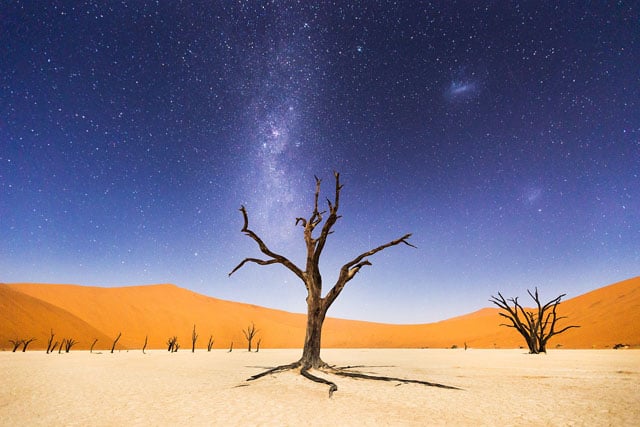
“Catching a Duck”
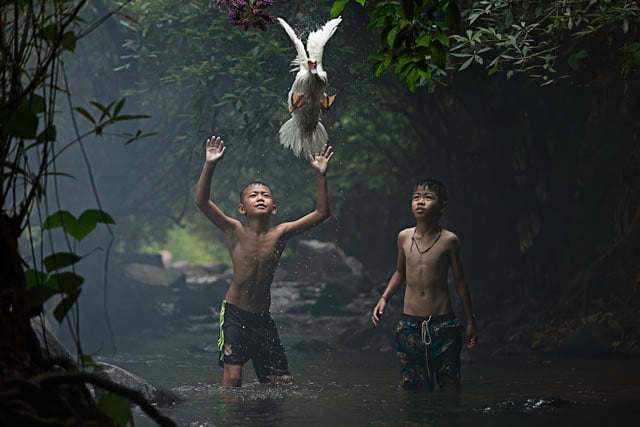
Kushti, Indian Wrestling
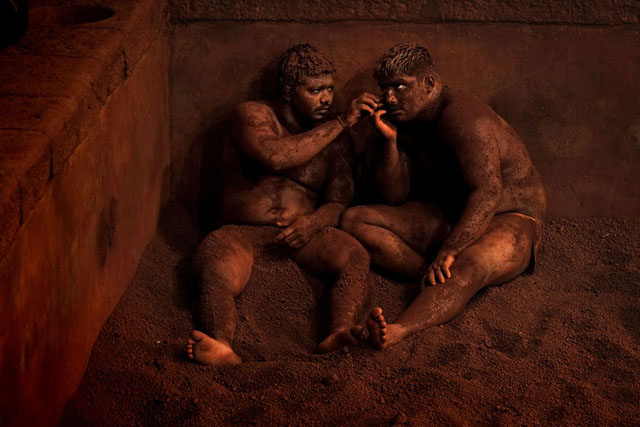
White Rhinos
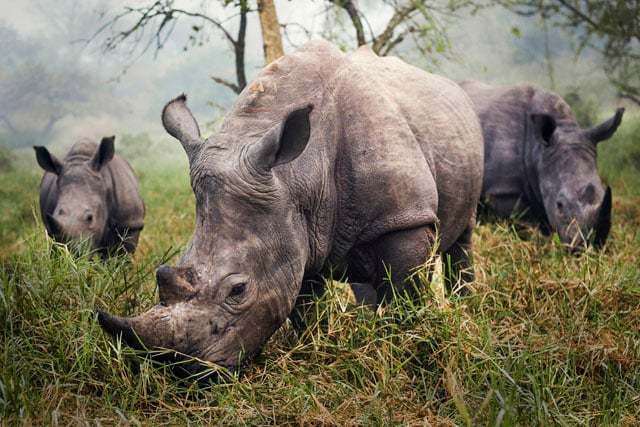
Sauna in the Sky
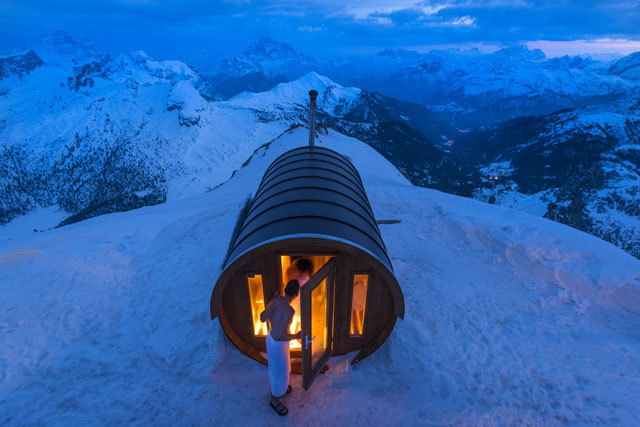
Highlanders
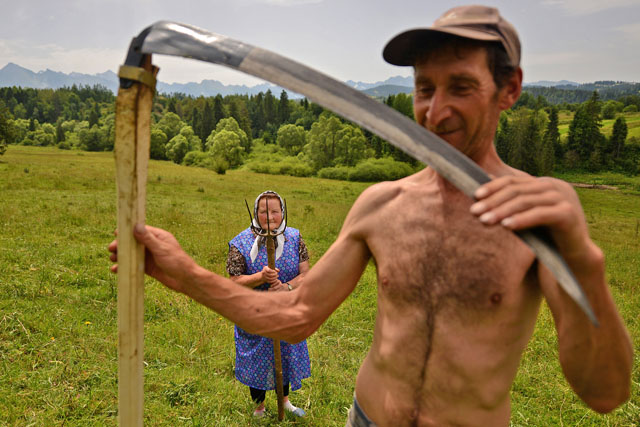
Romania, Land of Fairy Tales
